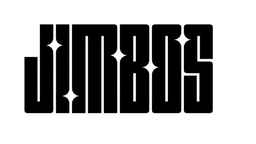Do You Really Need to Polish After Clay Barring? Here’s the Truth
Claying gets the gunk. But should you follow it with a polish? Let’s break down what clay does—and what it doesn’t.
What Clay Barring Actually Does
Clay removes bonded surface contaminants like rail dust, brake dust, sap, and industrial fallout that regular washing can’t touch. It makes the paint feel smooth—but that doesn’t mean it looks flawless.
The Downside of Clay
Even a soft clay bar (or clay mitt) can leave behind:
- Micro-marring
- Streaks
- Slight hazing—especially on soft or dark paint
That’s why most pros treat claying as a prep step, not a finish step.
When You MUST Polish After Clay
- You’re applying a ceramic coating or sealant
- The paint looks dull or hazy after claying
- You feel light resistance with your towel when drying
- The car has black or dark-colored paint
When You Can *Maybe* Skip It
- The paint is in excellent shape
- You used a very soft clay mitt
- You’re applying a glaze, not a coating
- You’re working on light-colored paint
But even then… polishing is still a good idea.
Best Polishing Option After Clay: One-Step
Use a polish like Picture Perfect Polish to clean up light marring and bring out the gloss in one pass. No need to compound or overdo it.
Final Thoughts
Clay is great for decontamination—but it’s rarely the last step before protection. If you want your coating to bond right, or your wax to look its best, a quick polish is worth the time.
👉 Use Picture Perfect Polish After Clay Bar for Best Results



